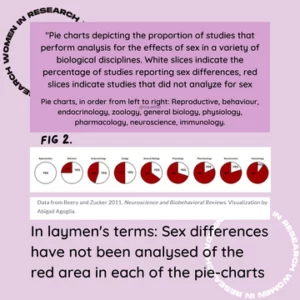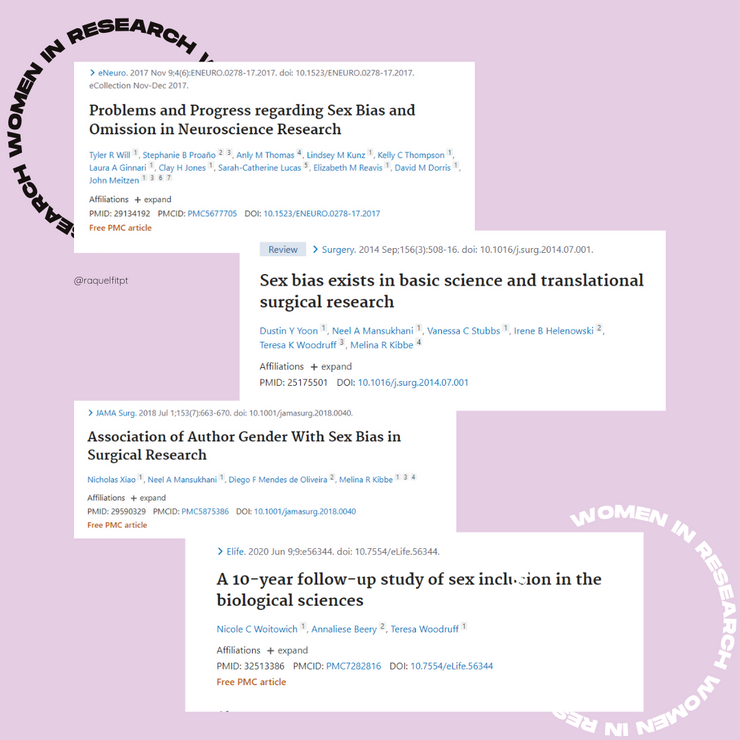Just over half of Australia’s population is women, 51%, 12.6 million women (AIHW, 2018).
“Compared with males, females have a higher life expectancy and experienced more of their total disease burden due to living with the disease rather than from dying early from disease and injury.” (AIHW, 2018)
In 1977 the US FDA (Food and Drug Administration) banned women from being part of medical research due to issues relating to childbearing. Interestingly, this may have some correlation to the thalidomide scandal (a popular pill in the 1960s to combat morning sickness) – it has been linked to thousands of birth defects (Kim JH, Scialli AR.2011).
Frances Oldham Kelsey SAVED American babies, a female medical reviewer, who rejected the application for thalidomide – arguing it lacked sufficient evidence of safety through rigorous clinical trials. Well done Kelsey.
The ban was lifted from 1986 to 1993, then in 1993 the NIH (National Institute of Health) made it law to include women in clinical research.
A woman’s biology is different from males; mostly due to major endocrine changes; including puberty, pregnancy, and menopause. This is the most common reason it is said to be challenging to run science experiments on women due to hormonal fluctuations.
SO, the reporting of ‘scientific evidence’ is possibly flawed due to the ongoing failure to include sex differences in research tools, study design, and analysis. It is generalised rather than gender-specific (Regitz-Zagrosek V, 2012).
 Female health research is lacking. Figure 1 shows in black the amount of research articles NOT analysing differences in sex.
Female health research is lacking. Figure 1 shows in black the amount of research articles NOT analysing differences in sex.
 Of the disciplines listed in the pie charts (fig 2.) the red areas show the magnitude that sex differences are not well known.
Of the disciplines listed in the pie charts (fig 2.) the red areas show the magnitude that sex differences are not well known.
Evaluation of differences between men and women could improve the understanding of diseases, as well as inform health practitioners and policymakers in optimising preventive strategies to reduce the global burden of disease more efficiently in women and men.
So, before you start yelling out about women’s health and research – note; we are highly misrepresented.







